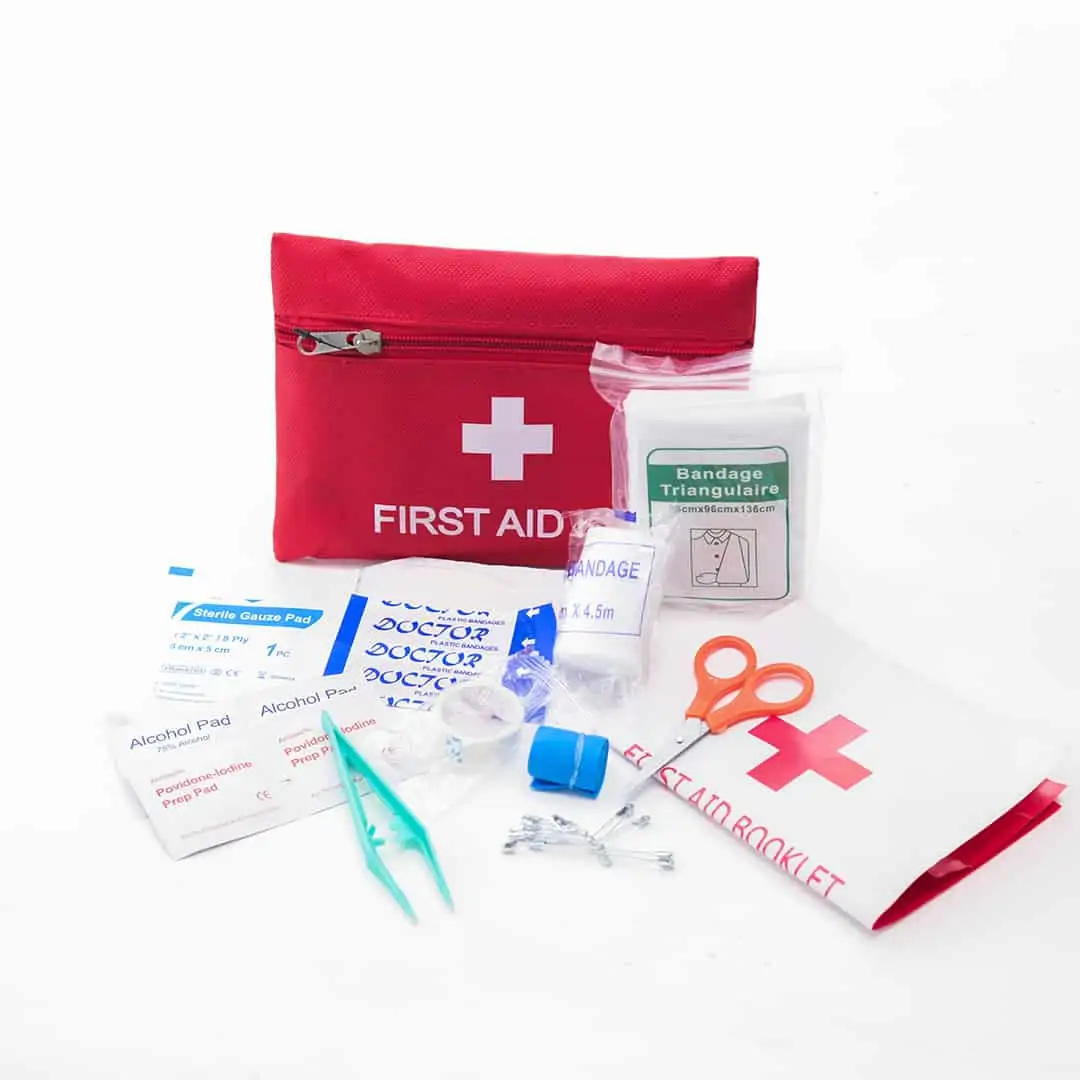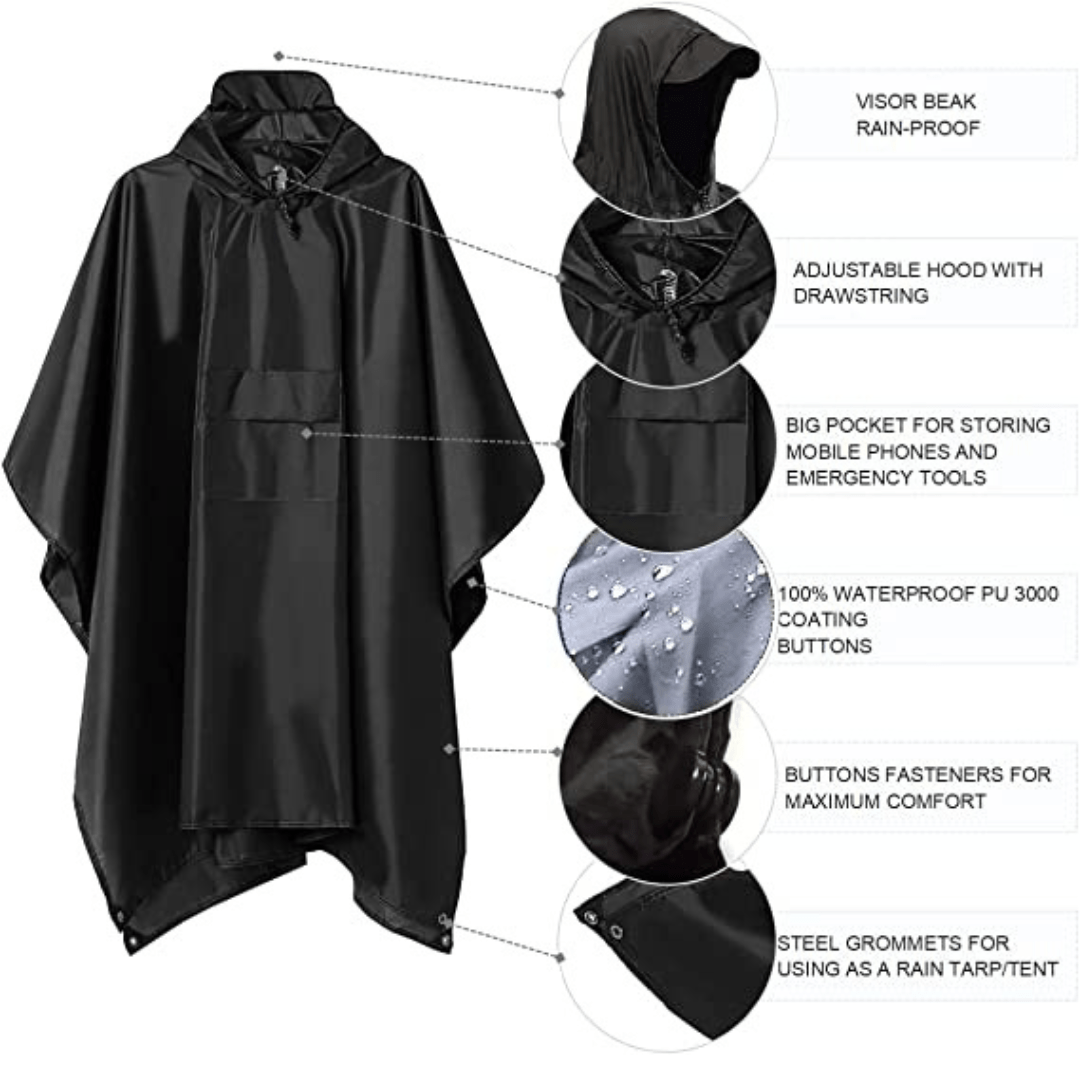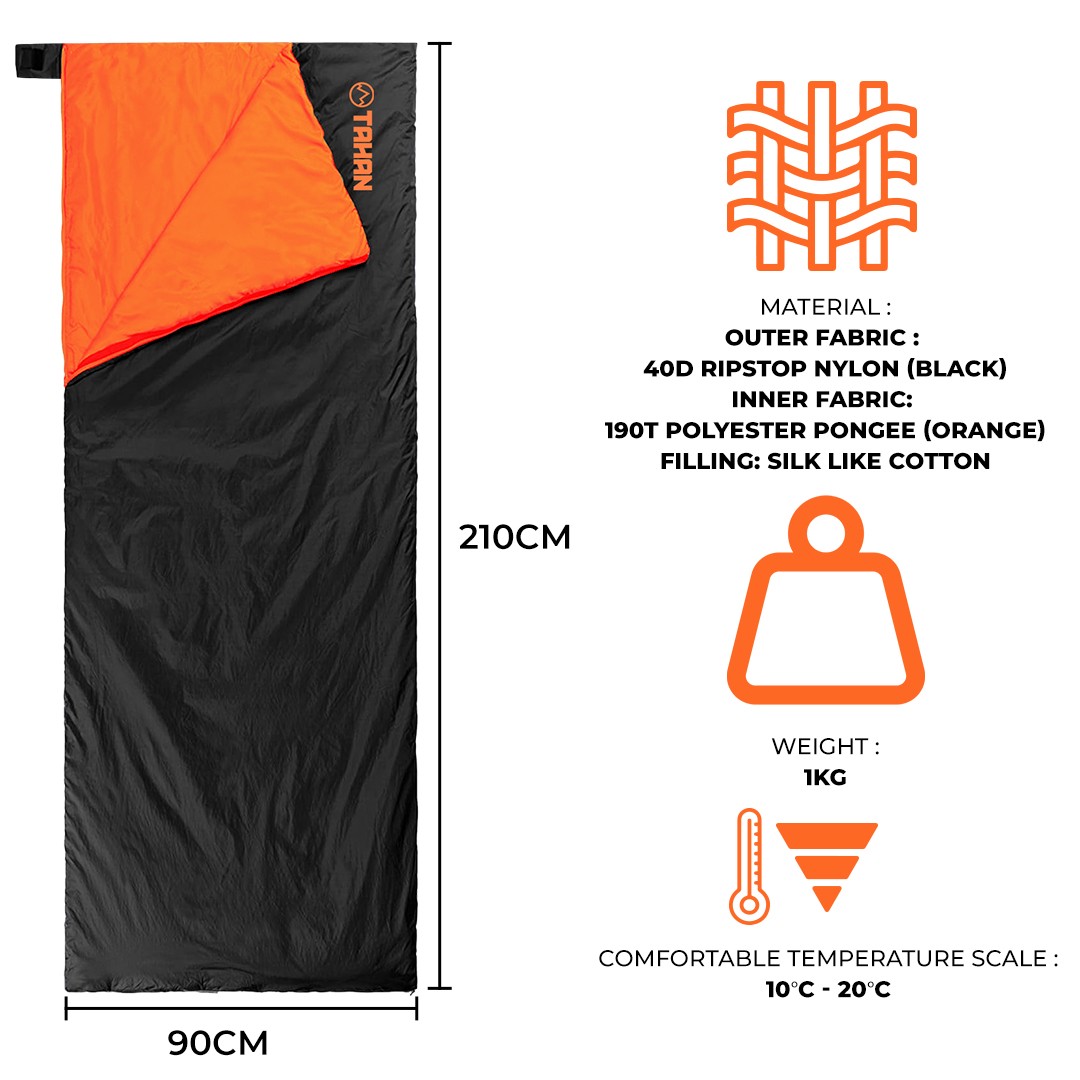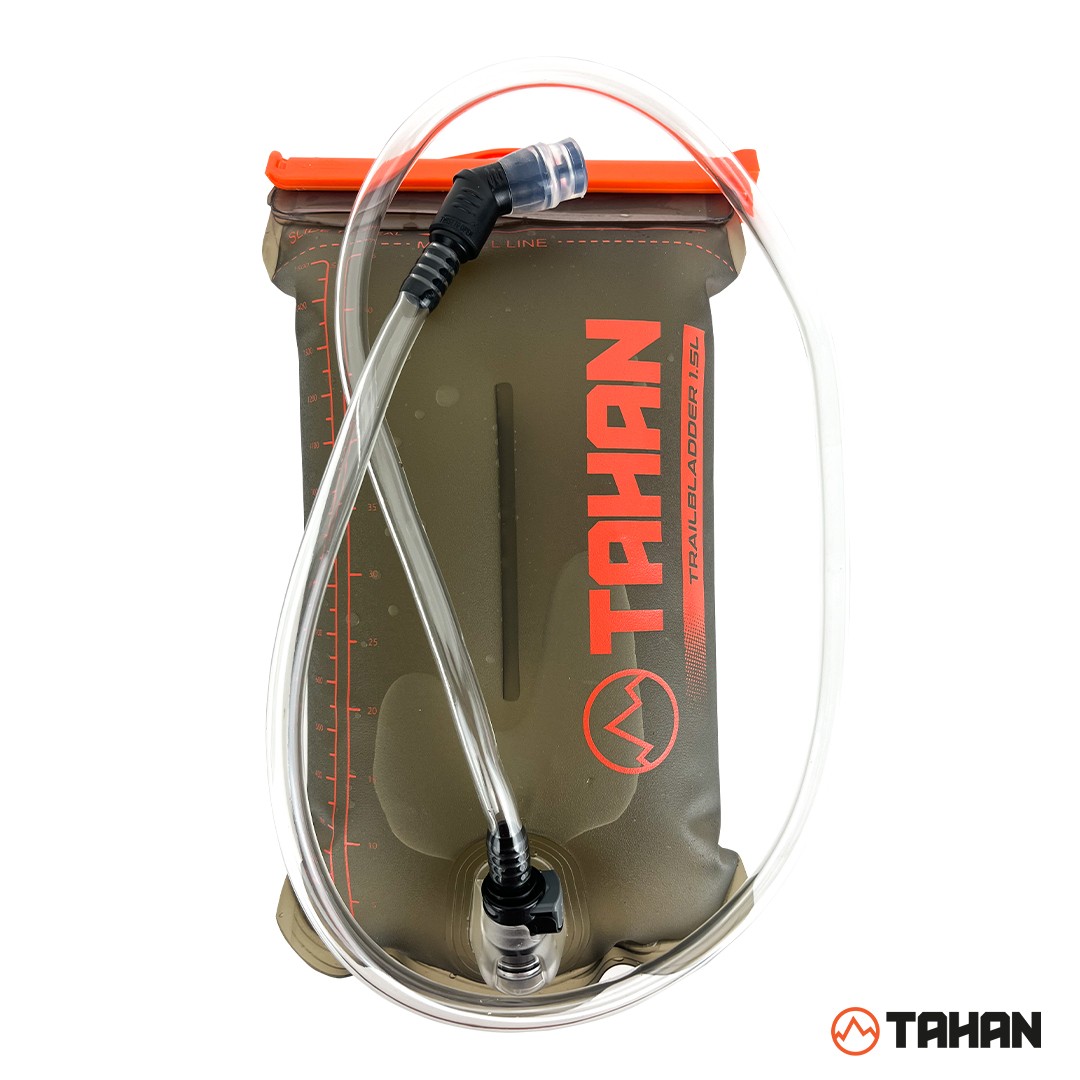Camping Safety Tips for Outdoor Adventures
Camping in the outdoors can be an incredibly fun and rewarding experience. Exploring nature, gaining new perspectives, and creating lasting memories are just some of the major benefits. However, while the splendor of the outdoors offers much excitement, it also comes with potential risks if proper precautions are not taken.
When venturing out into the wilderness, safety should always remain the number one priority. Being adequately prepared and maintaining awareness of your surroundings is key for an enjoyable camping trip free of worry. It allows you to fully immerse yourself in the natural beauty around you. This article covers several fundamental camping safety tips for both novice and experienced outdoor enthusiasts.
Tip #1: Research your camping destination
Before departing, thoroughly research details about the area you intend to camp in. This includes:
- Familiarizing yourself with the terrain, geography and layout of the land. This allows you to better navigate your surroundings.
- Checking the forecasted weather conditions and packing accordingly. Be prepared for unexpected changes.
- Reviewing local regulations, hazards, facilities and more. Respect all guidelines.
Arriving informed on what to expect enables you to plan suitable gear and better caution. It also helps if needing to call for emergency help. You can read our article – 10 of the Best Camp Sites Malaysia for 2023 as a reference.
Tip #2: Always carry a first aid kit
Having a well-stocked first aid kit on hand is a basic essential for outdoor safety. Key items to include are:
- Sterile gauze, bandages, cotton swabs for wound care
- Antibiotic ointment, antihistamine cream, aloe vera for skin irritation
- Medical tape, scissors, safety pins, tweezers
- Ibuprofen, aspirin, anti-diarrhea medication
- Electrolyte tablets for dehydration
Be sure to customize your kit based on allergies, health needs and nature of activities. Getting certified in emergency first aid prior to your trip is also recommended.
Tip #3: Pack essential items for camping
In addition to your first aid kid, packing certain fundamental items is vital for outdoor safety and comfort. These include:
Clothing/Footwear: Pack clothing appropriate for the weather – layers, jackets, rain gear. Bring multiple socks. Wear durable hiking boots/shoes with ankle support and tread.
Shelter: A sturdy, weatherproof tent or alternative shelter structure. Ensure it provides insulation.
Sleeping Bag: Choose a sleeping bag rated for the low temperatures expected. Bring extra blankets if needed.
Food/Water: Pack enough non-perishable nutritious food and water for duration of trip. Consider specialized outdoor stoves for cooking.
Other: Sunscreen, insect repellent, water filter/purifier, portable charger, headlamp/flashlight, map, emergency blanket, pocket knife, toilet paper.
Customize based on activities planned. But having proper basic gear makes all the difference in comfort and safety.
Tip #4: Be aware of your surrounding environment
Situational awareness is key for safety when exploring the outdoors. Some tips:
- Closely observe the terrain as you hike. Watch for potential hazards like loose rocks, overhanging dead trees, steep slopes, or dense brush. Avoid areas that seem unsafe.
- Take note of any warning signs posted by local authorities. Heed instructions.
- Note landmarks to avoid getting lost. Have a map and compass handy.
- Keep eyes and ears open for signs of danger from wildlife.
- If injured or lost, try to remain calm and retrace steps back to a familiar location.
- Consider getting trained in basic emergency first aid and orienteering skills prior to your trip.
Exercising reasonable caution and staying alert enables you to account for unexpected challenges that may arise. Pay attention to surroundings and signs of danger. Seek help from authorities right away if severely lost or injured.
Tip #5: Bring along a companion
While adventuring solo can be enjoyable for some, bringing at least one companion has vital safety and social benefits:
- Should an injury or emergency occur, your companion can assist you, locate help, or go find assistance if severely lost.
- They can help look out for potential hazards you may not catch yourself. Two sets of eyes are better than one!
- You have someone to help set up camp, build shelter, gather firewood and handle other tasks.
- A companion provides reassurance and moral support should challenging situations arise.
- Long days outdoors become more enjoyable with someone to talk to and share the remarkable experiences with!
If going solo, at minimum inform a trusted contact of your detailed travel plans and expected return. But finding an adventurous partner-in-crime to join makes your trip safer and more fun!
Tip #6: Stay aware of potential hazards
While the splendor of nature offers much beauty, various hazards can also present themselves outdoors:
- Severe weather like storms, flash floods, blizzards – Regularly check forecasts and evacuate to safe shelter if conditions deteriorate.
- Wildlife encounters – Avoid surprising bears/large animals. Slowly retreat if confronted. Check for snakes near sleeping areas.
- Unexpected terrain changes like landslides, loose rocks, mudslides after rain – Exercise reasonable caution when hiking and setting up camp.
- Insect bites/stings – Take preventative measures like insect repellent, protective clothing, avoiding perfumed lotions.
- Injuries like burns, cuts, sprains – Travel with a first aid kid and familiarize yourself with using it. Seek emergency help if severely injured.
While hardly a full guarantee against any possible emergency, taking proper precautions minimizes chances of danger. Stay adequately informed and don’t take unnecessary risks. When in doubt, err on the side of safety and seek qualified guidance. Focus on hazard prevention.
Tip #7: Respect the environment
When adventuring outdoors, it’s vital we minimize our impact on the natural landscape around us. Some tips:
- Learn and strictly follow all regulations on preserving nature in the area you’ll camp. Respect facility guidelines.
- Avoid moving firewood from your home to campsite to prevent spreading pests/disease to new regions.
- When foraging, only collect dead & down wood, don’t damage live trees. Be sure you properly ID anything consumed.
- Pack out all trash, leftover food waste, etc. Never litter or bury trash.
- Urinate at least 200 feet from water sources. Use restroom facilities when available.
- Travel and camp only in durable surfaces without vegetation to avoid erosion.
- Leave the environment as it was before you arrived so others can enjoy its splendor.
Treating nature with care ensures our public lands remain unspoiled for future generations. Do your part to leave no trace while camping.
Specific Safety Tips
In addition to the fundamental camping safety guidelines covered already, below are some more specific tips that deserve special attention:
Tip #8: Keep Food Stored Safely
When camping in bear country, properly securing smelly food items is vital. Store food in an odor-resistant bag inside vehicle if parked nearby or hang at least 10 feet off the ground and 4 feet from limbs. Close food storage near sleeping areas.
Tip #9: Dress Appropriately
Outdoor temperatures can fluctuate severely, especially at higher altitudes or in wilderness. Dress in breathable non-cotton layers allowing easy addition/removal. Pack clothing for both hot and freezing weather. Waterproof outer layers are key.
Tip #10: Understand Basic Survival Skills
Especially when camping in extremely remote areas, having fundamental wilderness survival knowledge could save your life if lost or stranded. Recommended skills:
- Navigating by map/compass
- Identifying edible plants
- Building makeshift shelters
- Starting fires without matches
- Signaling for help with mirrors, whistles, flares
- Administering first aid for injuries
Get trained beforehand or travel with someone informed.
Tip #11: Respect Wildlife
Be aware of animals native to the region – their behaviors, warning signs, seasonality. Observe them from a safe distance. Give them space and never surprise or crowd animals. Store food securely. Avoid scented items near tents.
Tip #12: Stay Hydrated
Dehydration is a real threat when active outdoors. Carry plenty of water when hiking or doing strenuous activity. Know the signs of early dehydration like headache, fatigue and monitor your thirst. Hydrating well prevents more severe illness.
Tips for Animal Safety
When venturing into the habitats of wildlife, special care must be taken to ensure secure and responsible interaction. Some key tips:
- Learn which species roam the area before arriving. Identify signs of recent activity like tracks, scat, claw marks etc. Avoid surprising animals.
- When actively moving through areas, frequently call out or make noise to warn wildlife of human presence. Bells on bags/clothing also help.
- Never chase, capture, or try to interact with wildlife you encounter, regardless of size. Quickly and calmly create space.
- Thoroughly clean cooking equipment after use and store food/toiletries securely with no lingering odors that may attract curious animals in search of an easy snack!
- Note the direction of wind and set up tents away downwind from sleeping, eating and cooking areas if camping for multiple days.
- Respect all rules regarding waste disposal so no odors or food scraps are left behind to avoid encouraging animal congregation in popular camping grounds.
Proper etiquette enables secure and ethical wildlife viewing. Both humans and our furry neighbors remain unharmed.
Summary
Venturing out into nature offers the chance to disconnect from urban life and reconnect on a deeper level with the beauty of the natural world around us. The inherent wonder of the wilderness rejuvenates our senses.
However, the risks associated with exploring the outdoors also demand adequate precautions. By placing safety at the forefront through responsible preparation, packing proper gear, and exercising reasonable caution, the joys of camping await without unnecessary worries.
The tips covered throughout this article aim to promote fundamentals of outdoor wellbeing – respecting the environment, avoiding hazards, preparing for the unexpected. They enable adventure seekers to fulfill their dreams of wandering forests, scaling peaks and stargazing on secluded beaches with greater peace of mind.
As a review, key areas covered to enable safe and ethical camping included:
- Thoroughly researching your destination
- Packing essential gear like first aid and emergency items
- Maintaining awareness of terrain, weather forecasts, potential risks
- Respecting all environmental regulations
- Safely securing food/waste from wildlife
- Preparing for severe weather scenarios
- Traveling with a companion for added support
- And more
Follow these guidelines to make your next camping trip secure and pleasant. Most importantly, remember to appreciate the natural glory around you and tread lightly so others can enjoy our wilderness for generations to come.
FAQs about Camping Safety Tips
Some fundamental items include a first aid kit, medications, multi-tool, flashlight, navigation/communication devices, shelter/sleeping bag suited for conditions, weather-appropriate clothing, food and water, sun protection, basic hygiene items, map, emergency blanket and any specialized gear for activities planned.
Remain calm. Avoid sudden movements and maintain eye contact. Back away slowly if the animal seems perturbed by your presence. Give them an escape route. Seek safety in vehicle or building if possible. Make noise, wave arms or throw objects at animal as last resort if attacked.
Inform multiple people of exact plans and check in schedule. Pack extra layers, food, first aid and other gear in event of unexpected delays. Carry communication device like satellite messenger to call for help if injured/lost. Avoid risky activities or hazadous terrain. Stick to well-marked trails.
Stop moving, stay calm, then signal for help with whistle, fire, flashlight or reflective material. If not quickly located, carefully retrace steps back to last known point while marking a trail. Seek natural shelter and await rescue if unable to return. Using compass/map helps avoid worsening situation if competent in navigation.
Check forecast and terrain before going. Follow all regulations on preserving nature. Avoid surprising wildlife and store food/trash securely. Travel with companion if possible. Pack proper clothing/gear for conditions. Stay aware of hazards and inform others of plans. Prepare emergency response knowledge like first aid, shelter building or navigation. Recognize early signs of danger and promptly seek qualified help if severely lost/injured.
Thank you for taking the time to explore our article! If you’re hungry for more camping tips and outdoor adventures, check out our next insightful piece on essential gear for a memorable experience here. Happy reading!






Shop Our Gears
Camp & Hike
TAHAN
COMBO
SLEEP SYSTEM
More tips that you might find useful:
12 Secrets to Getting Cheap Flights in Malaysia
1 Comments
马来西亚露营:户外探险综合指南
Camping in Malaysia: A Comprehensive Guide to Outdoor Adventures
2 Comments
Conquering Mount Kinabalu: A Hiker’s Guide to Malaysia’s Highest Peak
Camp Cooking Gear Guide – Build the Ultimate Camp Kitchen!
Top 5 Most Popular Campsites in Selangor
Ultimate Guide to Tropical Leisure Camping in Malaysia: TAHAN’s Top 5 Gear Picks
The Ultimate Guide to Hammock in Malaysia: Comfort, Adventure, and Relaxation